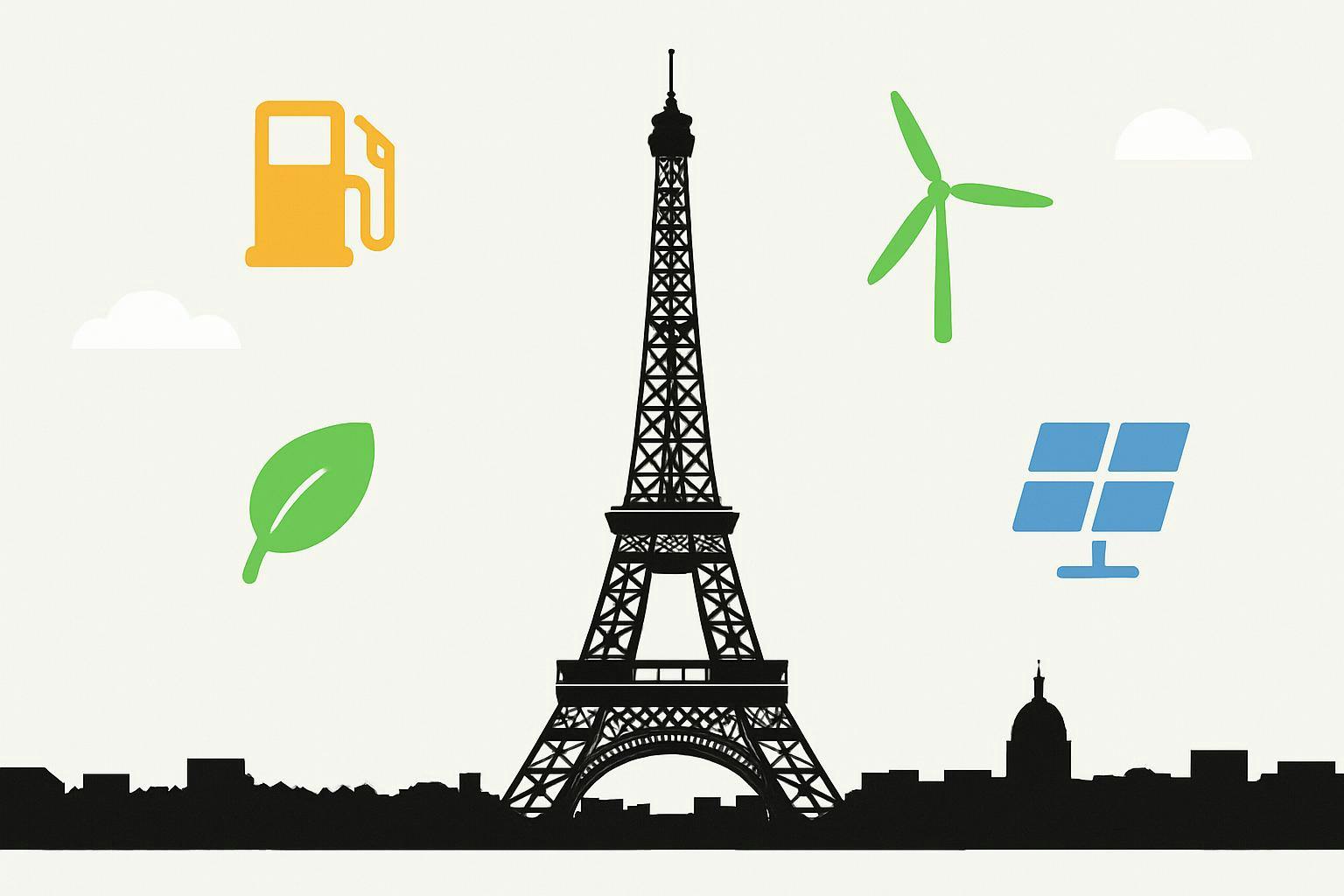What’s going on here?
French inflation eased in May with a drop in energy and service prices – a sign of a continued disinflation phase that might trigger more European Central Bank rate cuts.
What does this mean?
France’s annual inflation rate fell to 0.7% in May from 0.8% as reported by Insee. Consumer prices dipped 0.1% monthly, reversing last month’s 0.6% rise. Energy prices dropped sharply by 1.4% in May and 8% year-over-year. Meanwhile, service prices, including transport and health, eased to 2.1% from April’s 2.4%. Core inflation, excluding volatile items, slowed to 1.1%, decreasing the annual harmonized inflation rate to 0.6% with a 0.2% monthly decline. Analysts see these trends as supporting potential ECB rate cuts.
Why should I care?
For markets: Calmer waters for the eurozone.
The inflation trends in France suggest easing pressures in the eurozone’s second-largest economy, which might encourage the ECB to cut rates further. This could stabilize the broader European market, offering a more predictable environment for investors and businesses.
The bigger picture: A promising shift for economic policy.
With inflationary pressures in major economies like France diminishing, the ECB could shift its monetary strategy to focus on growth incentives. This may support economic recovery across the region, shaping future policies for stability and development.
